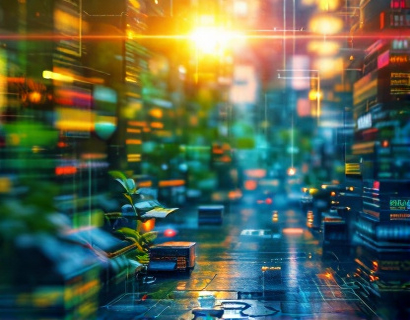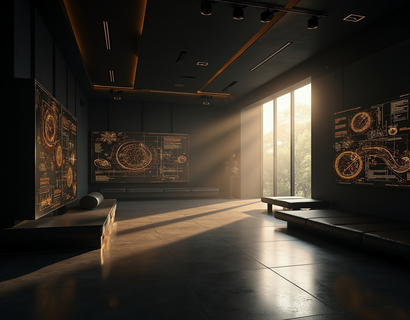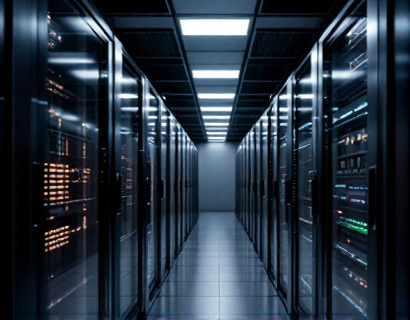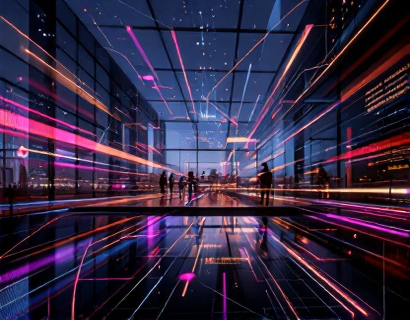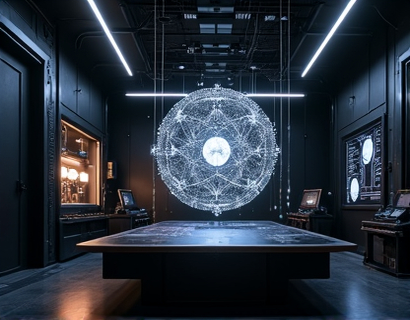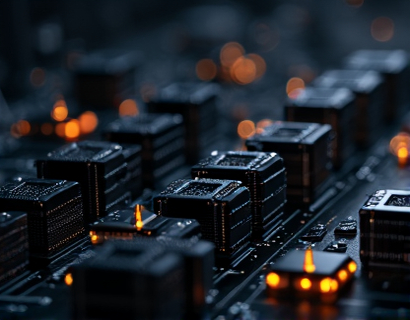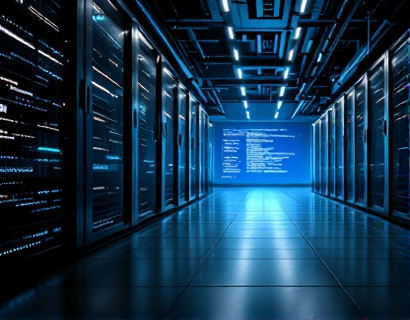Innovative Automation and Climate Control for Solariums: Elevating Indoor Gardening with Smart Technology
The art of indoor gardening has evolved significantly with the advent of advanced technology, particularly in the realm of solariums. These controlled environments offer a unique opportunity to cultivate a diverse range of plants year-round, regardless of external weather conditions. By integrating smart technology, indoor gardeners can now experience the pinnacle of plant growth and sustainability. This article delves into the innovative automation and climate control systems that transform solariums into high-tech garden havens, tailored to meet the unique requirements of modern enthusiasts.
Understanding the Basics of Solarium Technology
Solariums, also known as sunrooms or conservatories, are designed to maximize natural light while providing a controlled environment for plant growth. Traditional solariums rely on manual adjustments for lighting, temperature, and humidity, which can be time-consuming and less precise. Modern technology has introduced automated systems that optimize these conditions, ensuring that plants receive the exact environment they need to thrive. These systems are the cornerstone of smart solariums, offering unparalleled control and efficiency.
Optimizing Light for Plant Growth
Light is one of the most critical factors in plant growth, and smart technology has revolutionized how light is managed in solariums. Advanced LED grow lights are now available, which can be tailored to specific spectrums and intensities required by different plants. These lights can be programmed to mimic natural daylight cycles, ensuring that plants receive the right amount of light at the right times. Additionally, sensors can monitor light levels and adjust the intensity automatically, preventing both under and over-lighting.
One of the most innovative features is the use of dynamic lighting systems. These systems can adjust the light spectrum throughout the day to match the natural sun's movement, promoting healthier growth and more vibrant colors. For instance, blue light is essential during the vegetative stage, while red light is crucial for flowering and fruiting. Smart solariums can seamlessly transition between these spectra, optimizing the growth cycle of various plants.
Climate Control for Optimal Growth Conditions
Temperature and humidity are equally vital for plant health. Smart climate control systems in solariums use a combination of sensors and automated mechanisms to maintain ideal conditions. These systems can monitor and adjust temperature, humidity, and even air circulation to create a perfect microclimate for your plants.
Thermostats and HVAC systems integrated with smart technology can automatically adjust heating and cooling based on real-time data. For example, if the temperature inside the solarium exceeds a set threshold, the system will activate cooling mechanisms such as fans or evaporative coolers. Conversely, if the temperature drops too low, heating elements will engage to maintain the desired temperature. This level of precision ensures that plants are never exposed to conditions that could stress or harm them.
Humidity control is another critical aspect. High humidity can lead to fungal diseases, while low humidity can cause plants to dry out. Smart solariums use humidifiers and dehumidifiers that can be controlled via a central system or individual zones. Sensors continuously monitor humidity levels, and the system adjusts as needed to keep the environment optimal. This not only promotes healthy plant growth but also reduces the risk of disease.
Automation and Remote Monitoring
One of the most significant advantages of smart solarium technology is automation. Gardeners can set up custom schedules for lighting, climate control, and other systems, ensuring that everything runs smoothly even when they are away. This is particularly beneficial for those with busy schedules or who travel frequently. Remote monitoring through smartphone apps or web interfaces allows gardeners to check and adjust settings from anywhere, providing peace of mind and flexibility.
Automation also extends to watering systems. Smart irrigation systems can be programmed to water plants based on soil moisture levels, ensuring that each plant receives the right amount of water without over or under-watering. These systems can be integrated with the climate control system, so watering occurs only when conditions are suitable, further optimizing resource use and plant health.
Customizable Solutions for Unique Needs
Every indoor gardener has unique requirements based on the types of plants they grow and their specific environmental conditions. Smart solarium technology offers highly customizable solutions to meet these diverse needs. Whether you are growing tropical plants, succulents, or even edible crops, the system can be tailored to provide the exact conditions each plant requires.
For instance, some systems allow users to create multiple zones within the solarium, each with its own set of parameters for light, temperature, and humidity. This zoning capability is particularly useful for gardeners with a variety of plants that have different growing conditions. Users can set up specific profiles for each zone, ensuring that each plant thrives in its designated area.
Additionally, advanced sensors can monitor soil conditions, nutrient levels, and even the health of the plants themselves. This data can be used to provide personalized recommendations for adjustments, further enhancing the growth and health of your plants. Some systems even integrate with AI algorithms to learn and adapt over time, becoming more efficient and effective as they operate.
Sustainability and Resource Efficiency
Smart solarium technology not only optimizes plant growth but also promotes sustainability. By using energy-efficient LED lights and precise climate control, these systems minimize energy consumption and reduce the carbon footprint of indoor gardening. Automated systems ensure that resources are used only when necessary, preventing waste and promoting a more sustainable gardening practice.
Water conservation is another key aspect. Smart irrigation systems can significantly reduce water usage by delivering water directly to the roots and adjusting based on plant needs. This is particularly important in regions where water scarcity is a concern. By optimizing water use, gardeners can contribute to environmental conservation while maintaining healthy plants.
Enhancing the Indoor Gardening Experience
The integration of smart technology in solariums transforms the indoor gardening experience into a seamless and enjoyable process. Gardeners can focus more on the art of cultivation rather than the mechanics of maintaining ideal conditions. The intuitive interfaces and user-friendly apps make it easy to manage and monitor the solarium, even for those who are new to indoor gardening.
Moreover, the data collected by sensors and systems can provide valuable insights into plant growth patterns and environmental impacts. This information can help gardeners make informed decisions, improve their techniques, and achieve better results. Over time, this data can contribute to a deeper understanding of plant needs and environmental interactions, fostering a more scientific approach to indoor gardening.
Conclusion
The future of indoor gardening is bright, thanks to innovative automation and climate control systems designed for solariums. These smart technologies offer unparalleled control, efficiency, and customization, creating a thriving ecosystem for optimal plant growth and sustainability. Whether you are a seasoned gardener or a beginner, the integration of smart technology can elevate your indoor gardening experience to new heights. Embrace the pinnacle of indoor gardening with advanced solutions that cater to your unique needs, transforming your space into a high-tech garden haven.




